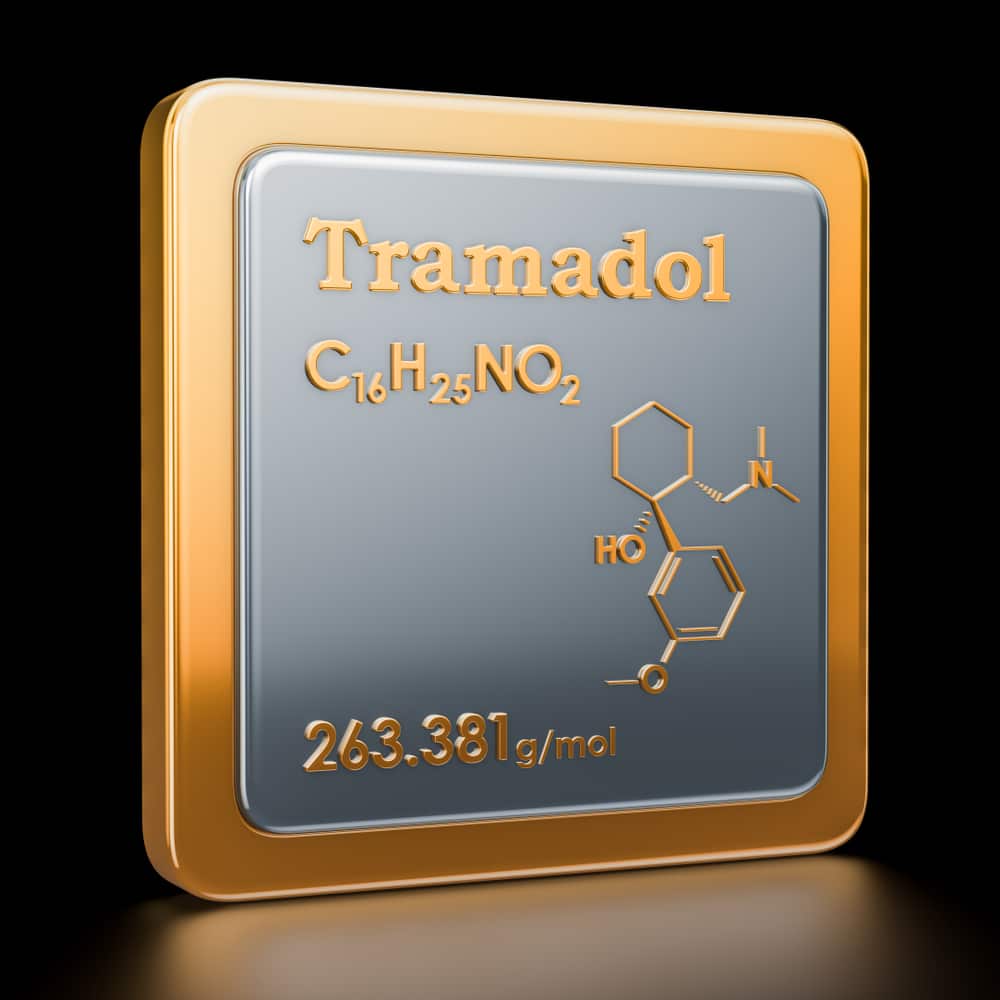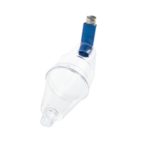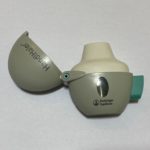Tramadol is a strong painkiller that is used to relieve moderate to severe pain. It belongs to a class of medicines called opioid. A class of medicines is a group of medications that work in a similar way and may be used to treat similar conditions. It is usually prescribed when other weaker painkillers have not helped or when they no longer relieve pain. It is a prescription medication which comes as capsules, tablets, liquid drops and injection. It can be taken by adults and children who are aged 12 years and over.

Tramadol is not the most suitable medicines for certain people. It is important that you tell your doctor if you:
- Have a drug addiction
- Have previously reacted to strong painkillers.
- Have previously had an allergic reaction to tramadol
- Find it difficult breathing
- Have epilepsy or other illnesses that cause seizures
- Have had a head injury
- Have liver or kidney disease.
How does tramadol work?
Tramadol works by altering how your brain perceives pain. Cells in our bodies have proteins called receptors. These receptors bind to signalling molecules and initiate a physiological response. Different types of receptors are specific for different molecules. For example, dopamine receptors bind dopamine, insulin receptors bind insulin, while opioid receptors bind opioids. Tramadol is an opioid which binds to mu opioid receptors in the central nervous system (CNS). The central nervous system is made up of the brain and spinal cord.
Tramadol also works by inhibiting the reuptake of serotonin and norepinephrine. Serotonin and norepinephrine are neurotransmitters. Neurotransmitters send messages from one nerve to another. Inhibiting these neurotransmitter increases the levels of these two neurotransmitters.
How to take tramadol
Take Tramadol as directed by your doctor. Do not take more than prescribed by your doctor. Do not take it more often than prescribed and do not take more than the length of time you were prescribed it. Ensure you stop taking it at the time your doctor directed you to stop.
Fast acting tramadol capsules, tablets and drops are usually every taken every 4 to 6 hours as required for pain relief while slow acting tramadol is taken once or twice a day. It can be taken with or without food. Tramadol like most pain medications work best when taken as soon as you feel pain as it may not work as much if the pain has worsened.
The dose you are prescribed will depend on the reason you are taking it and how you respond to treatment. Your doctor may start you at a lower dose and gradually increase this dose. This is done to reduce your risk of getting side effects.
The maximum recommended dose which you should not exceed is 400 milligrams per day.
| Type | Form | Strengths of tramadol available | How to take | How long before it starts working | How long does it work for? |
| Slow-acting | Tablets | 50mg, 75mg, 100mg, 150mg, 200mg, 300mg and 400mg | swallow whole with plenty of water | 12 or 24 hours | Longer |
| Fast-acting | Tablets | 50mg | 30 to 60 minutes | Shorter | |
| Slow-acting | Capsules | 50mg, 100mg, 150mg, and 200mg | swallow whole with plenty of water | 12 or 24 hours | Longer |
| Fast-acting | Capsules | 50mg | swallow whole with plenty of water | 30 to 60 minutes | Shorter |
| soluble tablets | Tablets | 50mg | dissolve in water and drink | 30 to 60 minutes | Shorter |
| Liquid (Fast-acting) | Drops | 100mg in I ml of liquid | mix in glass of water and drink | 30 to 60 minutes | Shorter |
| Injections (Fast-acting) | Injection | 50 ml per 1 ml ampoule (100 mg per 2 ml ampoule) | Usually administered in hospital | 30 to 60 minutes | Shorter |
| Dissolvable tablet | dissolve-in-the-mouth tablets | 50mg | Mix in glass of water and drink or put in tongue and suck. | 30 to 60 minutes | Shorter |
When you take tramadol for a long time and especially in high doses, your body may become tolerant to it and if stopped suddenly, you may experience withdrawal symptoms. Your doctor can help prevent this by reducing the dose gradually. This is why you have to tell your doctor if you want to stop taking tramadol. Let your doctor or pharmacist know immediately if you experience any withdrawal symptoms. Symptoms of withdrawal include:
- Shaking
- Sweating
- Restlessness and agitation
- Fast heart rate
- Fast breathing rate
- Anxiety
- Suicidal thoughts
- Sudden change in behaviour
- Muscle ache
- Runny nose
- Teary eyes
- Nausea (feeling sick)
- Increased blood pressure
- Dilated (large) pupils
- Diarrhoea
- Chills
Tramadol can cause addiction especially in people who are addicted to alcohol and drug.
Slow-release tramadol preparation should be swallowed whole with a glass of water. It is important that you do not suck, crush, chew or break slow release preparation as doing that may disrupt the slow release system. This means that instead of releasing the drug slowly either 12 or 24 hours, the whole dose is releases at once into your body. This can lead to overdose which may be fatal.
What if I forget to take it?
Always check the information leaflet as it will tell you what to do if you forget to take your tablet. Do not take two doses at the same time in an attempt to make up for the dose missed.
What if I take too much?
Let your doctor know immediately if you take more tramadol than prescribed.
Taking tramadol with other painkillers
Tramadol can be taken with some pain killers like paracetamol, ibuprofen or aspirin. It is not suitable to take with codeine and codeine-containing painkillers because they belong to the same class of medicines.
Side effects
- Nausea (feeling sick)
- Dizziness (feeling dizzy)
- Vomiting (actually being sick)
- Headaches
- Constipation
- Dry mouth
- Sweating
- Low energy
Serious side effects
These serious side effects are rare but it is important that you let your doctor know immediately if you:
- Are confused
- Feel drowsy or sleepy
- Get seizures
- Can’t pee or find it difficult to pee
- Start hearing or seeing things that are not there (hallucination)
- Feel very tired and dizzy as this could mean your blood pressure is low.
Serious allergic reaction
In very rare cases, you may have a serious allergic reaction (anaphylaxis) to tramadol. Let your doctor know immediately is you feel wheezy, your chest or throat feels tight, you feel breathes, your skin become blistered or starts peeling, get rash which may be red, swollen an itchy or get swollen throat, face, lips, mouth.
Pregnancy and breastfeeding
Tramadol isn’t completely safe to take during pregnancy. However, your doctor might prescribe you tramadol if they feel it is the best option for you.
Tramadol is safe to take while breastfeeding. Even though it passes into breast milk, it does that in small amounts that is unlikely to cause your baby harm.
Tramadol brand names
- Tilodol
- Larapam
- Mabron
- Zydol
- Maneo
- Oldaram
- Tradorec
- Marol
- Zamadol
- Maxitram
- Tramquel
- Tramulief
- Zeridame
- Invodol
Medicines that may interact with Tramadol
You should not take these medications with tramadol.
Carbamazepine: Pain may not be relieved when taken together with tramadol. This is because carbamazepine can decrease the amount of tramadol in your body. Taking carbamazepine and tramadol may increase your risk of having seizures.
What interactions may increase your risk of having side effects?
- Taking tramadol with certain medications can increase your risk of side effects from those drugs.
- Antidepressant: These are used to treat depression. Examples of antidepressant include citalopram, paroxetine, sertraline, fluoxetine, venlafaxine escitalopram and duloxetine.
- Monoamine oxidase inhibitors (MAOIs) e.g. isocarboxazid, phenelzine and selegiline
- Linezolid
- Lithium
- St. John’s wort
- Headaches (Migraine) drugs, such as sumatriptan and zolmitriptan. This is because the amount of a hormone called serotonin in your body may increase and lead to a condition known as serotonin syndrome. Serotonin syndrome can make you feel restless and agitated, have nausea vomiting and diarrhoea, and make you have an increased body temperature faster heart rate, mental status changes, make you see things that are not there (hallucinations), coma, delirium, dizziness, flushing, muscle tremor or rigidity. Your breathing may slow down; you may have a decreased blood pressure and heart rate or become confused if you take tramadol with
- Anaesthesia e.g. propofol, succinylcholine and Pentothal.
- Anti-psychotic e.g. chlorpromazine or thioridazine
- Hypnotics e.g. zolpidem
- Your breathing may slow down or stop; you may have a decreased blood pressure and heart rate or become confused, get in a coma or die if you take tramadol:
- With other opioid medicines e.g. hydrocodone, oxycodone and morphine
- Benzodiazepines e.g. lorazepam, alprazolam, clonazepam and diazepam.
- Digoxin
- Warfarin
Taking tramadol with certain medications can increase your risk of having more side effects from tramadol as they increase the amount of tramadol in your body. Examples of these medicines include:
- Antibiotics e.g. clarithromycin and rifampicin
- Antifungal drugs, e.g. Ketoconazole
- Protease inhibitors used in treating HIV, e.g. darunavir, ritonavir and atazanavir.
- Antidepressants e.g. amitriptyline
- Medicines used to control heart rhythm e.g. quinidine
About the author
Nwasom is a pharmacy graduate and a pharmacist currently practising in the United Kingdom. I have great experience communicating with patients and their family as gained through working as a pharmacist in both the hospital and community pharmacy sector. I love writing so it was a natural thing to try and pass medical and health information on through writing.




